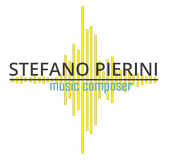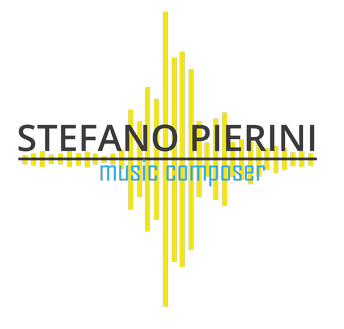
FOUR MELODIES FROM STOCKHAUSEN’S TIERKREIS for mixed ensemble
ʻThe most important feature of the history of the Astrology is that it unveils the connections between the cultures in a very clear way, of which there are any similar example in other disciplines. Even if the modern man feels its manifestations ʻunbelievableʼ, it is safe that, for many millenia, it was part of the shared spiritual heritage of humanity, and its literature could be defined ʻuniversalʼ in the more comprehensive sense. Perhaps only in it that East and West, Christians, Muslims, Buddhists had no difficulty in comprehend each other.ʼ
(from History of Astrology by Bell, Bezold and Gundel)
The first question which came to my mind when I was conceiving this project for the Atlas Ensemble was how to put into relation these different instruments, everyone with its cultural heritage and technical peculiarities, and how to create a connection among the musicians involved. I realized that the melodic dimension could be an answer since it is an evident and shared element and this is supported by the fact that many of the represented music traditions have a strong linear connotation. The choice of Karl Heinz Stockhausen Tag’ class=’karl-heinz-stockhausen-en-2’>Karl Heinz Stockhausenʼs ʻTierkreisʼ was the consequence of a mix of aesthetic and technical issues: on the aesthetic side, these melodies embody a model for what I called ʻinterculturalʼ melody in which I found some sort of melodic patterns that can be traced back to different music traditions even if in a extremely transfigured way (during those years the study of ethnic music used to be a major topic for many composers); while on the other side they provided a solid base for me to deepen the knowledge of those instruments (furthermore, these melodies could be easily learned by heart, especially by musicians who have been nurtured in oral traditions). There are fifteen instruments, chosen in order to have a perfect balance between western and non-western types:
PLUCKED GROUP (4 non western + 1 western):
Santur – Qanun – Zheng – Koto
Harp
BOWED GROUP (1 nw – 4 w):
Erhu
Violin – Viola – Cello – Double Bass
WIND GROUP (2 nw + 2 w):
Shakuhachi – Sho
Oboe – Clarinet (+ Bass clarinet)
PERCUSSION GROUP
Vibraphone – Crotales – Dobachi – Java Gongs
The percussions are somewhat in a ‘hybrid’ position, since many of the instruments used are not from Europe even if now they are assumed to be an established part of the western tradition. The project consists of an original version of four melodies from this cycle: Fishes, Twins, Libra and Capricorn. These particular melodies have been chosen because of three reasons: the first one is that the ground pitches of each melody (Fishes – E, Twins – G, Libra – B, Capricorn – D) form a symmetrical chord (E-G-B-D) which is included in Capricornʼs final chord (a kind of Mutter-Akkord); the second one is about the natural elements related to the star signs: Water – Air – Air – Earth, another symmetrical structure which led both my scoring and instrumentation while the third is a personal one since those starsigns were related to people important for me in that period. Each melody is played three times except Libra (which is played four times), and each exposition has a slightly different character and instrumentation. The general tuning was another issue to be solved since many of the instruments are tuned with different systems: I tried to overcome the problem using their traditional tunings in order to favour the structural features of the instruments and to meet the needs of the musicians (who, in many cases, were at the first experience of that kind), choosing them through a complementarity criterion.
http://www.muziekgebouw.nl/agenda/Concerten/1358/Atlas_Ensemble/Imagine_Utopia/
http://www.atlasensemble.nl/programmes.html
- Ensemble



